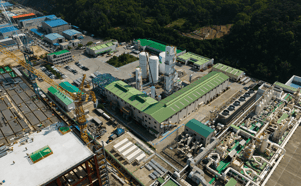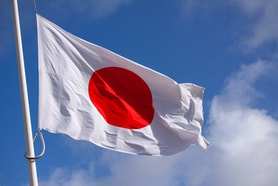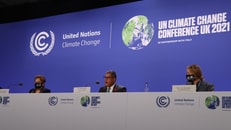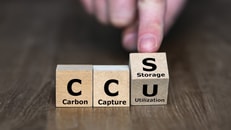MCi Carbon breaks ground on Australian CCU plant
Australia-based Mineral Carbonation International (MCi) has held a foundation ceremony for its carbon capture and utilisation (CCU) plant ‘Myrtle’, currently under construction at Orica’s Kooragang Island site.
With backing from a A$14.6m ($9.7m) federal grant, the new plant is set to pioneer mineral carbonation, an innovative process converting carbon dioxide (CO2) emissions into useful materials.
The plant will source its CO2 from Orica’s ammonia manufacturing facility, capturing around 1,000 tonnes of the greenhouse gas each year.
Outlining the requirement for careful planning and policy coordination between all sectors involved in the energy transition, Sanjeev Gandhi, Managing Director and CEO at Orica, added, “This ceremony today is a great example of business and government working together to drive innovation for a better tomorrow, as we transition towards a lower carbon future, together.”
... to continue reading you must be subscribed
























